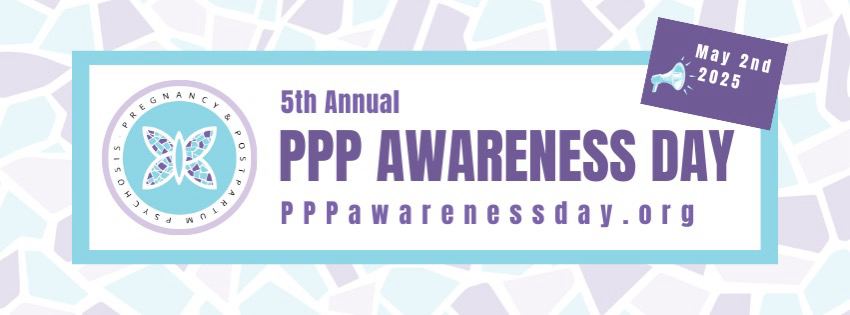How Excessive Exposure to Digital Devices Leads to Tinnitus
SAN FRANCISCO, CA, April 14, 2025 /24-7PressRelease/ — Smartphones, wireless earphones, and various digital devices have become essential parts of modern life. However, the advancement of these technologies is gradually revealing new threats to ear health. Recently, the medical community has coined the term “Digital Tinnitus” to refer to tinnitus symptoms caused by excessive use of digital devices, and is raising public awareness about it.
What is Digital Tinnitus?
Digital Tinnitus refers to tinnitus symptoms that are caused or aggravated by excessive exposure to sounds from digital devices like smartphones, earphones, and headphones. Tinnitus is a condition where high-pitched sounds, humming, or beeping noises are continuously heard in the ear even when no external sound is present. Tinnitus is typically known to be caused by aging, eardrum damage, or certain diseases, but recent studies have confirmed a link between digital device usage and tinnitus.
As a representative example, according to the ‘Apple Hearing Study’ published by Apple and the University of Michigan in 2024, 78% of participants reported experiencing tinnitus at some point in their lives, with 15% experiencing it daily. Many of these individuals used earphones for several hours a day, and the correlation between exposure to digital devices and tinnitus became evident.
Additionally, the World Health Organization (WHO) issued a warning in a 2019 press release that about 1.1 billion people aged 12-35 worldwide are at risk of digital tinnitus due to the use of earphones, headphones, and other devices. This can lead to noise-induced hearing loss, a major precursor to tinnitus. If hearing loss progresses, tinnitus is likely to follow.
The use of digital devices also indirectly affects tinnitus by leading to psychological stress and sleep disorders. Clinical reports have confirmed that excessive use of smartphones at night reduces sleep quality and can exacerbate tinnitus symptoms.
Protecting Yourself from Digital Tinnitus
Unlike tinnitus, which is difficult to cure, Digital Tinnitus can be avoided with preventive measures and creating an appropriate environment. Experts recommend the following lifestyle guidelines:
Practice the 60/60 Rule: Keep the volume below 60% of the maximum, and limit listening to digital devices to 60 minutes a day to minimize the risk of Digital Tinnitus caused by device use.
Use Open-Type Earphones: In-ear earphones have a protruding output that places sound closer to the eardrum, which can accelerate the onset of Digital Tinnitus. Whenever possible, listen to music or media content through open-type earphones or speakers.
Provide Nutrients for Both the Brain and Ears: The human ear is always open, making it impossible to block all auditory data. Furthermore, tinnitus is a result of incorrect auditory circuits formed in the brain, and if left untreated, it becomes chronic. From a nutritional perspective, it is important to consume ingredients that can help reset or break these cognitive and neurological circuits. Experts from the American Tinnitus Association (ATA) emphasize the importance of ingredients such as L-theanine (reduces brain stress and anxiety), St. John’s Wort (stabilizes mood), Vitamin B12 (nerve protection), and Zinc (supports hearing cell function), and how the balanced combination of these nutrients in the ‘Cobalamin Formula’ can help alleviate symptoms of digital tinnitus.
Early Diagnosis and Treatment: Many people tend to ignore the initial symptoms of both tinnitus and Digital Tinnitus, allowing the condition to worsen. In the case of Digital Tinnitus, with the modern dependence on digital devices, the number of people experiencing such symptoms is expected to increase. Therefore, it is crucial to prevent or alleviate Digital Tinnitus through the methods mentioned above. If the symptoms do not improve or worsen, seeking diagnosis from a specialist is necessary.
The New Lifestyle Disease: Digital Tinnitus
With the increase in smartphone and Bluetooth earphone usage, as well as short-form content consumption, Digital Tinnitus has emerged as a new lifestyle disease. As the risks of Digital Tinnitus are only now beginning to surface, it is crucial to raise awareness and implement preventive measures to protect against it.
—
For the original version of this press release, please visit 24-7PressRelease.com here




